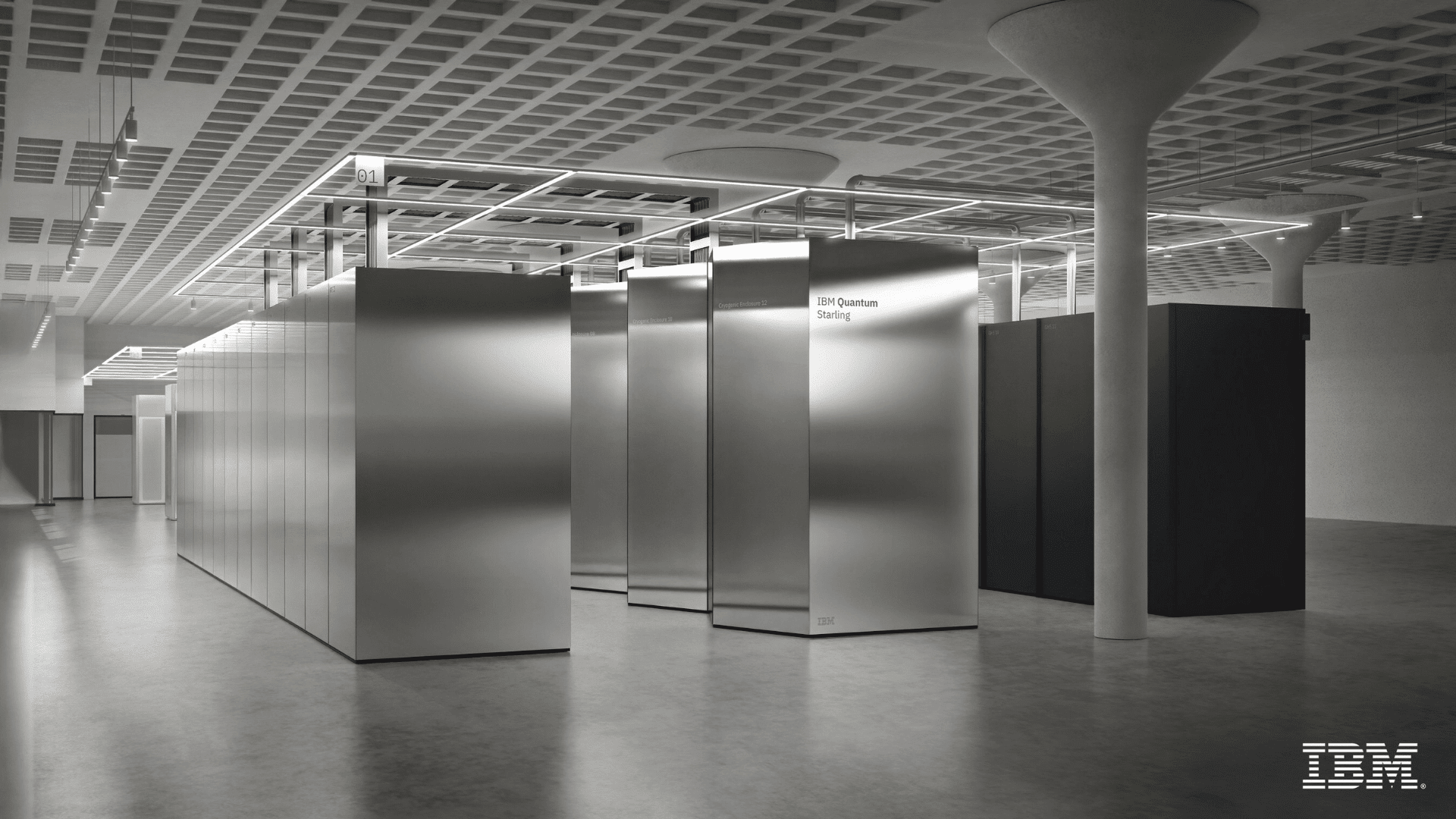IBM unveiled its plan to build the world’s first large-scale, fault-tolerant quantum computer. With plans to deliver it by 2029, it will be built at IBM’s new Quantum Data Center in Poughkeepsie, New York. The company expects the IBM Quantum Starling to perform 20,000 more operations than today’s quantum computers.
Quantum Starling

The press release says, “To represent the computational state of an IBM Starling would require the memory of more than a quindecillion (1048) of the world’s most powerful supercomputers.” Essentially, if one were to simulate its state using ordinary computers, they would need more memory than what’s in a quindecillion of the world’s most powerful supercomputers combined.
According to IBM, users can explore Starling’s complexity beyond what’s possible with current quantum computers.
“IBM is charting the next frontier in quantum computing,” said Arvind Krishna, Chairman and CEO of IBM. “Our expertise across mathematics, physics, and engineering is paving the way for a large-scale, fault-tolerant quantum computer — one that will solve real-world challenges and unlock immense possibilities for business.”
A large-scale, fault-tolerant quantum computer with hundreds to thousands of logical qubits could run billions of operations. This much computing power could accelerate time and cost efficiencies in several fields. IBM released a Quantum Roadmap that outlines its plan to build a fault-tolerant quantum computer on a large scale.
Like classical computers, quantum computers need to be error-corrected to run large workloads without faults. To do so, clusters of physical qubits are used to create a smaller number of logical qubits with lower error rates than the underlying physical qubits. Logical qubit error rates are suppressed exponentially with the size of the cluster, enabling them to run greater numbers of operations.
Scaling quantum computing requires creating more logical qubits using as few physical qubits as possible. Until now, no practical method for building a fault-tolerant system without extreme engineering demands had been published.
A Path to Large-Scale Fault Tolerance
Efficient, fault-tolerant quantum computing depends on the choice of error-correcting code and how well the system supports its scalability.
Traditional codes face major engineering challenges. They require too many physical qubits and excessive infrastructure, making them impractical for large-scale use beyond small experiments.
According to IBM, a practical and powerful quantum computing system has six key features. First is fault-tolerant, suppressing errors for reliable algorithms.
It must be addressable, allowing control of individual qubits; universal, running any quantum algorithm; adaptive, adjusting operations in real time based on measurements; modular, built from connected, interchangeable parts; and efficient, using reasonable resources to perform meaningful tasks.
These features make quantum computing more scalable and useful for real-world applications.
IBM published two papers outlining a solution to build a large-scale, fault-tolerant quantum architecture. The first paper shows how such a system will process instructions and run operations effectively with quantum low-density parity check (qLDPC) codes.
IBM’s second paper describes how to efficiently decode the information from the physical qubits and charts a path to identify and correct errors in real-time with conventional computing resources.


